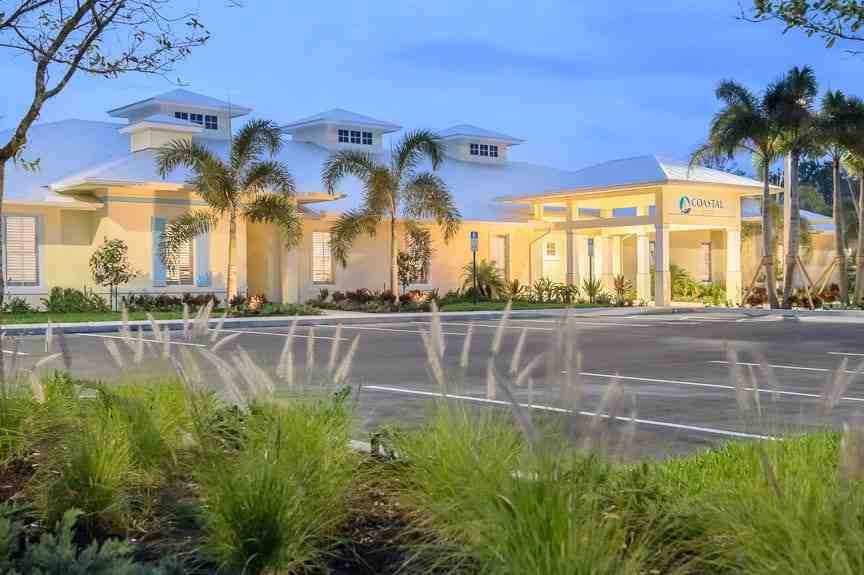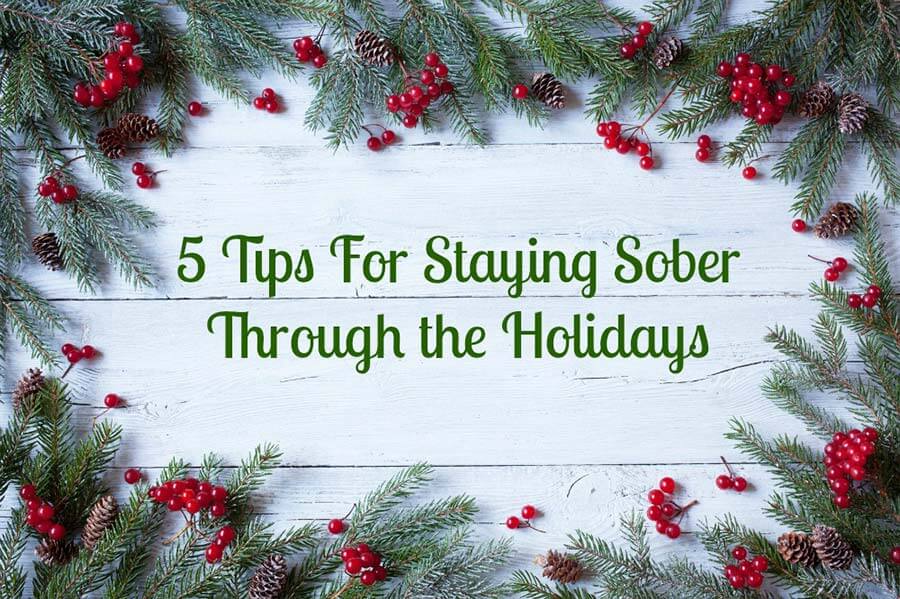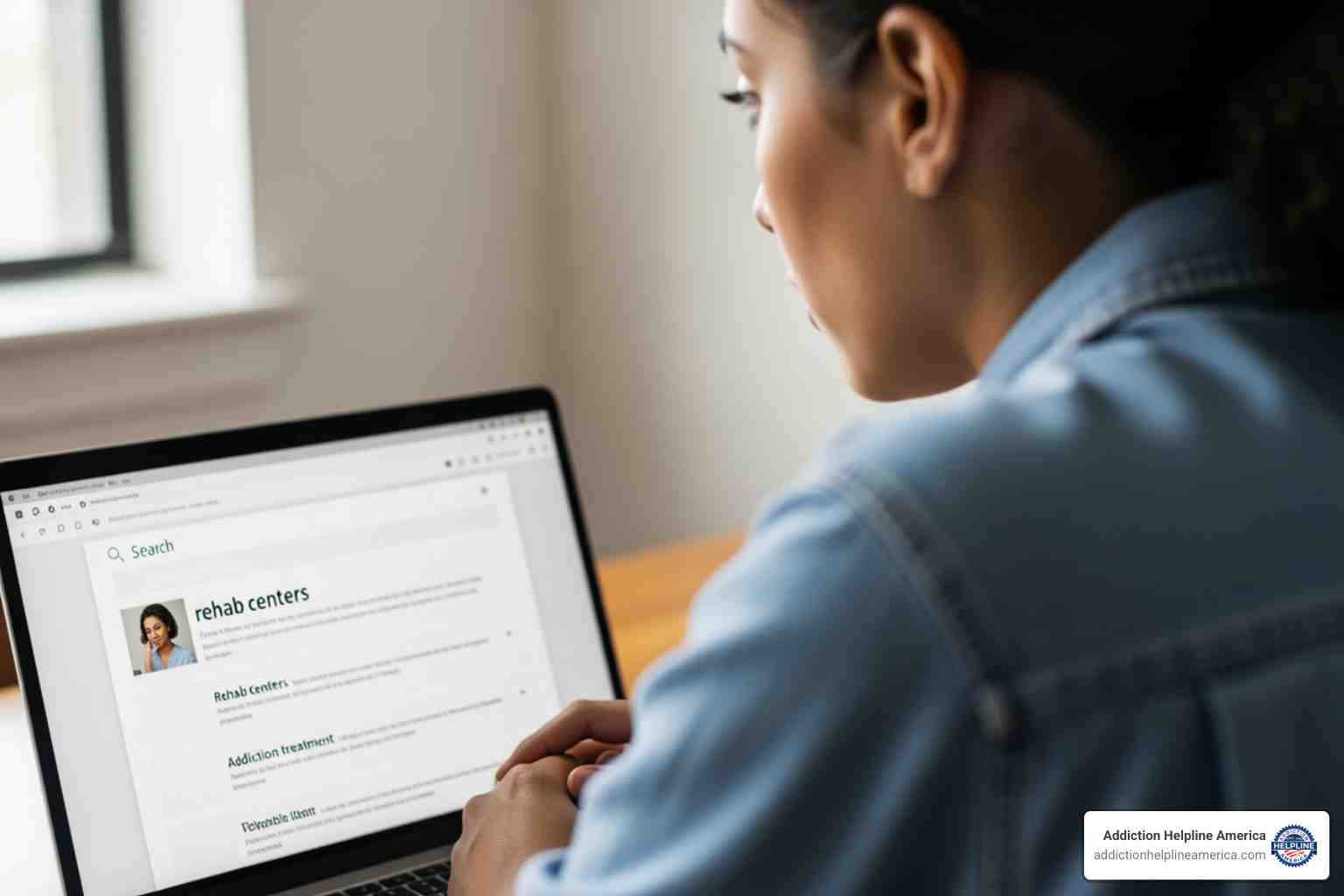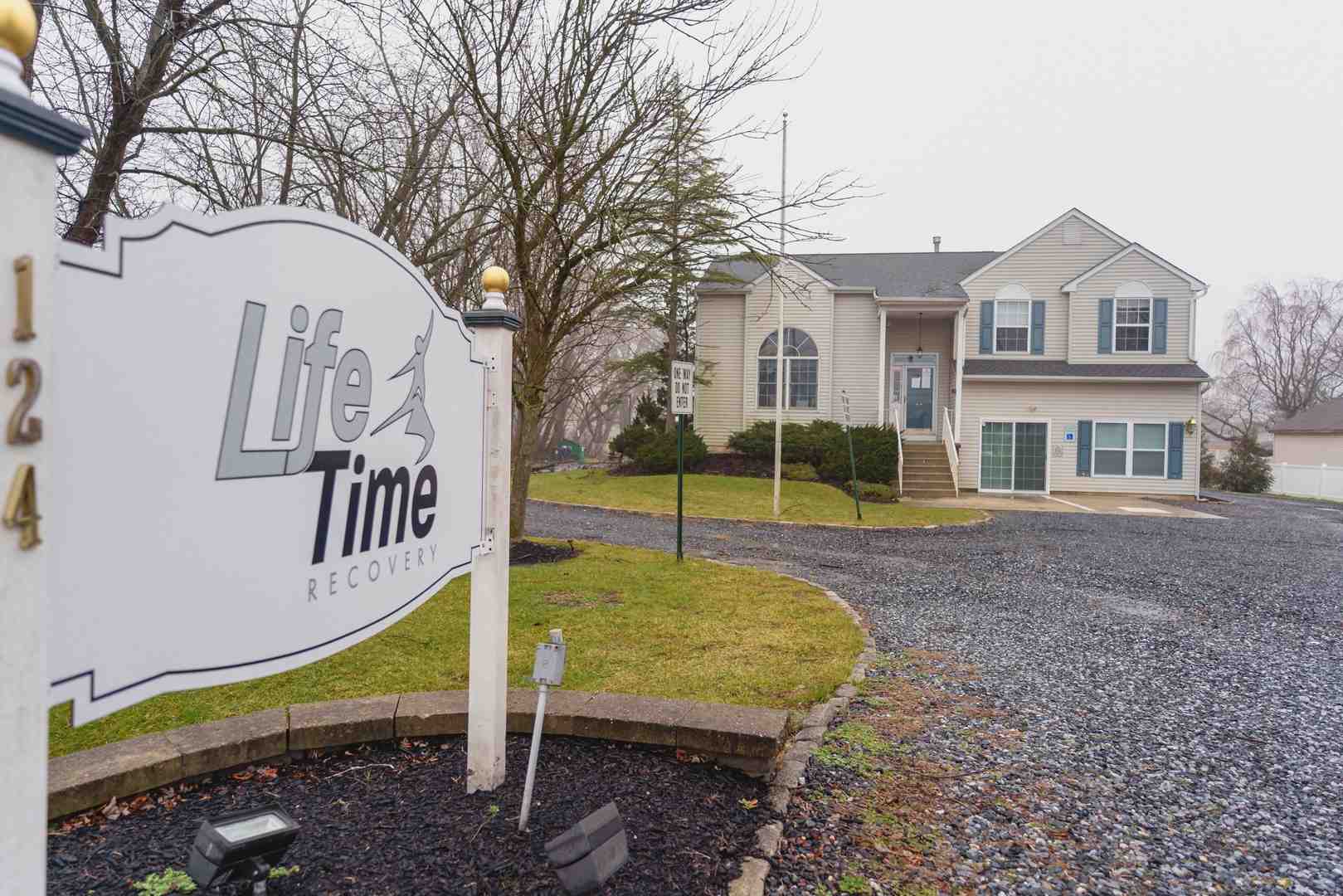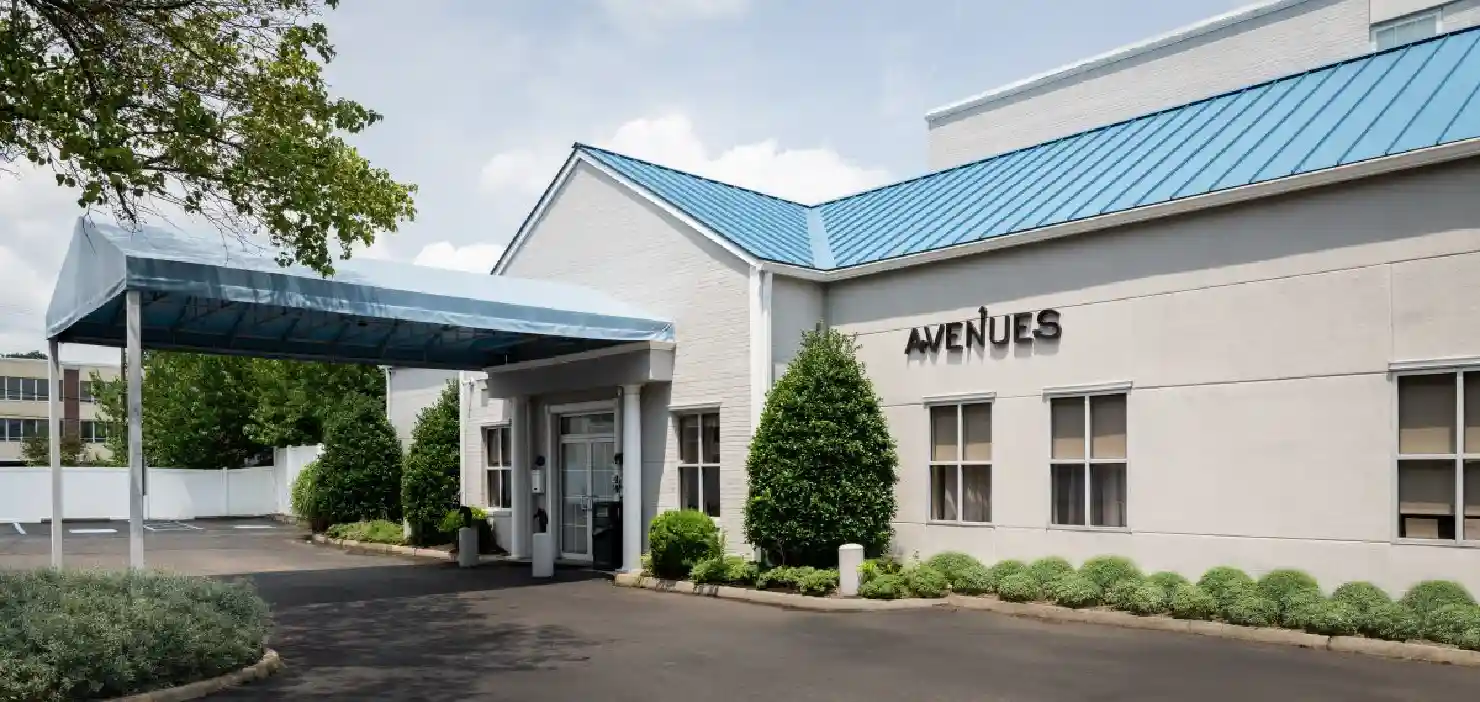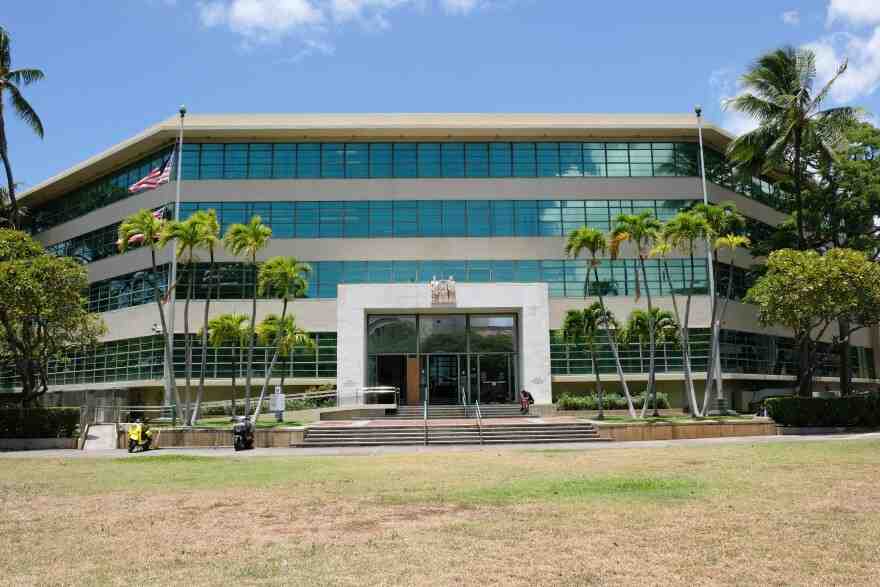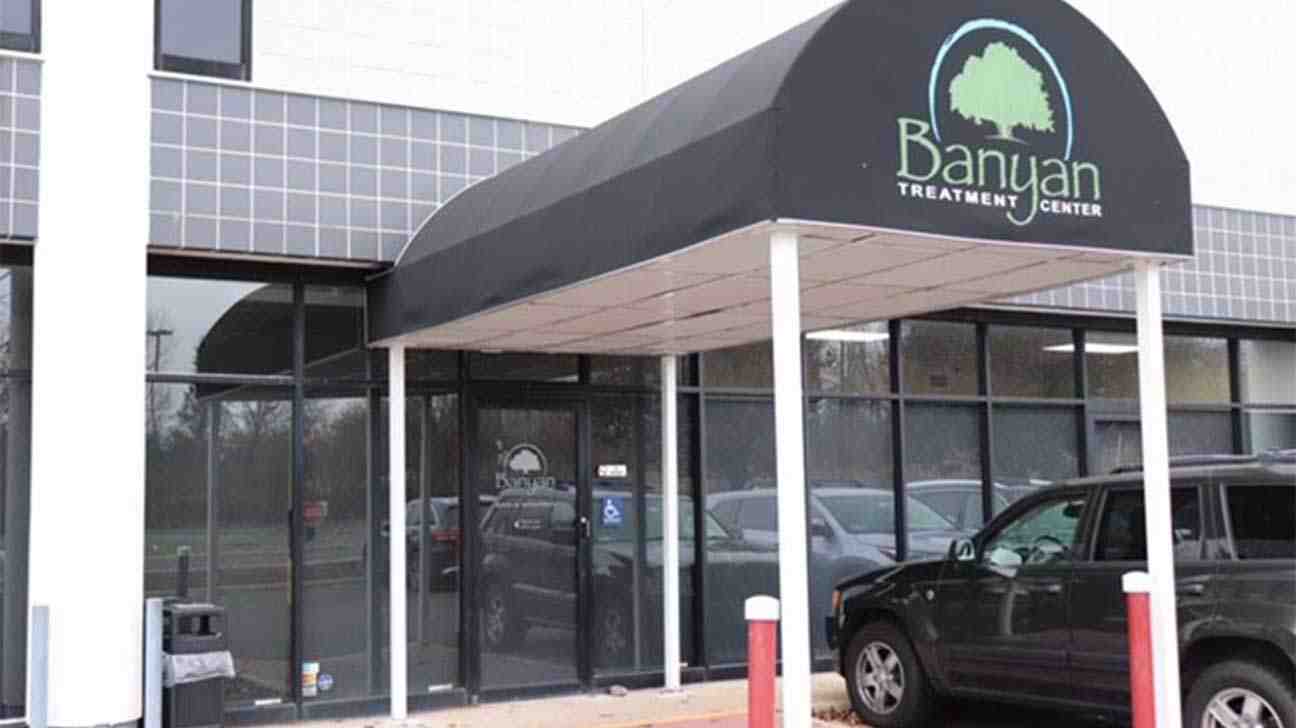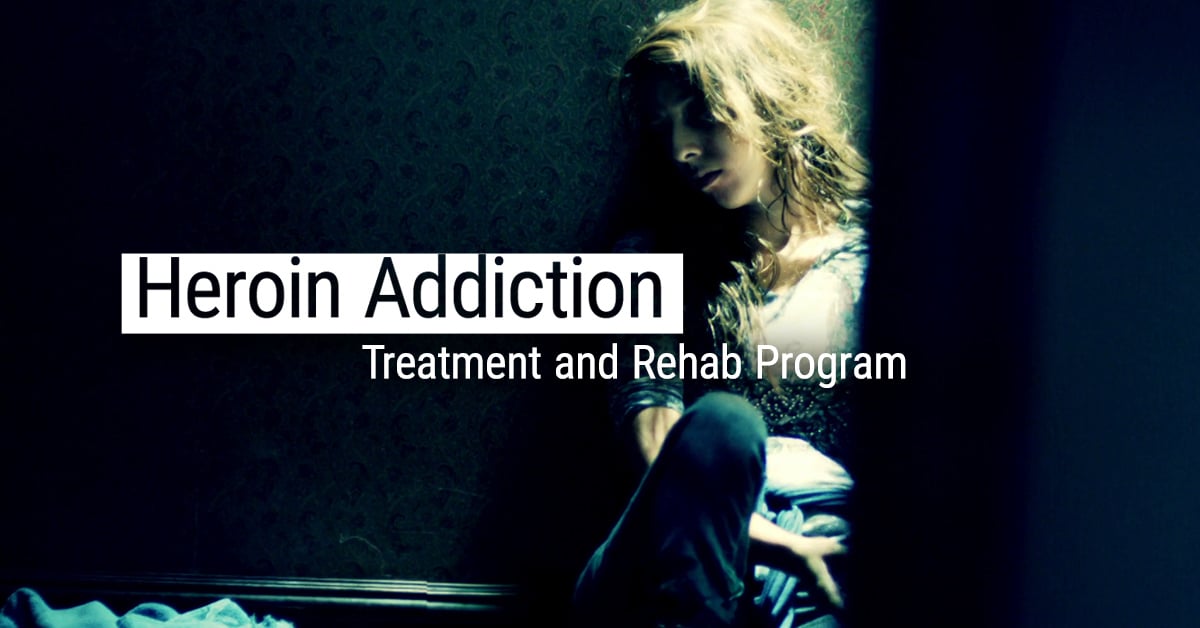
Understanding Your Options for Recovery from Heroin Addiction
Heroin treatment programs offer a path to recovery through medical interventions and behavioral therapies. With over 900,000 people aged 12 and older struggling with heroin use disorder, finding effective help is critical. Research consistently shows that treatment works, especially when it combines medications with behavioral therapy.
This guide cuts through the confusion to provide clear, actionable information on finding and starting treatment.
Types of Heroin Treatment Programs:
- Medical Detoxification – Supervised withdrawal management with medication support
- Inpatient/Residential Treatment – 24/7 care in a structured facility (typically 30-90 days)
- Outpatient Programs – Flexible treatment including IOP and PHP while living at home
- Medication-Assisted Treatment (MAT) – FDA-approved medications (methadone, buprenorphine, naltrexone) combined with counseling
- Behavioral Therapies – CBT, contingency management, and motivational interviewing
Key Resources:
- SAMHSA National Helpline: 1-800-662-HELP (4357) – free, confidential, 24/7
- FindTreatment.gov – searchable directory of treatment facilities nationwide
- 988 Suicide & Crisis Lifeline – immediate crisis support
Navigating the maze of options can be overwhelming. At Addiction Helpline America, our addiction specialists provide compassionate, 24/7 support to connect you with the right heroin treatment program, which is the critical first step toward lasting recovery.

Similar topics to heroin treatment programs:
- Opioid Addiction Solutions
- Does Rehab Centers Give You Drugs?
- Are There Any Free Drug Rehab Centers?
Recognizing the Need for Heroin Treatment
Admitting there’s a problem is the first, hardest step. Heroin is a powerful opioid that quickly leads to physical dependence and addiction. Recognizing the signs early can save a life and is the first step toward finding heroin treatment programs.
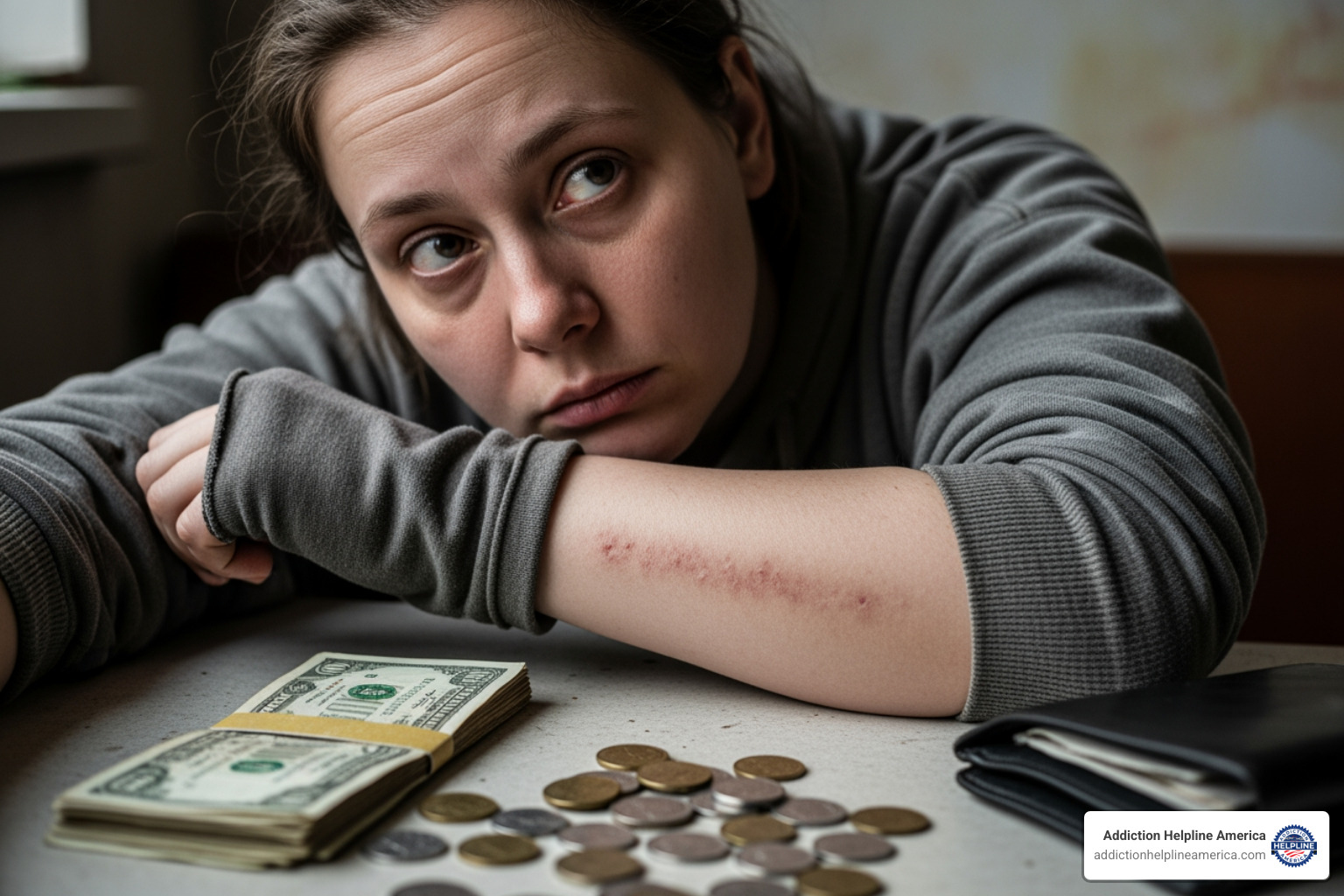
Signs and Symptoms of Heroin Use Disorder
Heroin use leaves telltale signs that become harder to hide over time. Look for these changes:
- Physical Signs: Constricted “pinpoint” pupils, drowsiness or “nodding out,” track marks (if injecting), flushed skin, itching, sudden weight loss, and neglect of personal hygiene.
- Behavioral Changes: Secretive behavior and lying, sudden mood swings, unexplained financial problems, neglecting responsibilities at work or home, and social isolation.
- Psychological Symptoms: Intense cravings, anxiety, depression, lack of motivation, and poor judgment.
The DSM-5 criteria for opioid use disorder include using more than intended, being unable to cut down, and developing tolerance or withdrawal. If these signs are familiar, it’s time to seek help. Our page on signs and symptoms offers more detail.
The Risks and Dangers of Heroin Use
Heroin is dangerous. Short-term effects include a rush of euphoria followed by slowed breathing, which can lead to overdose and death. Long-term use damages nearly every organ system, causing collapsed veins, heart infections, liver and kidney disease, and lung complications. It also leads to mental health issues like depression and changes in brain function.
The overdose risk is higher than ever due to street heroin being contaminated with fentanyl, a synthetic opioid 50 to 100 times stronger than morphine. A tiny amount can be fatal. Another emerging threat is xylazine, an animal tranquilizer that causes severe skin wounds and does not respond to the overdose reversal drug naloxone (Narcan).
Injecting heroin also carries a high risk of transmitting infectious diseases like HIV and hepatitis B and C. These risks underscore the urgency of finding effective heroin treatment programs. For more on the science, see our article on effective treatments for opioid addiction. Waiting is not an option; treatment works and is available now.
Exploring the Different Types of Heroin Treatment Programs
There is no one-size-fits-all solution for heroin addiction. The most effective heroin treatment programs are customized to your unique situation, often combining several types of services. Let’s break down the available options.

Medical Detoxification: The First Step
Medical detox is the first step, where the body is cleared of heroin under medical supervision. Heroin withdrawal is severe, with symptoms like muscle aches, nausea, anxiety, and intense cravings. In a professional detox setting, medical staff monitor you 24/7 and provide medications like lofexidine to manage symptoms safely and reduce the risk of relapse. Detox typically lasts about a week and is preparation for the real work of treatment. For help finding a facility, see our Ultimate Detox Facility Near Me Guide.
Inpatient and Residential Treatment
Inpatient programs provide a complete break from the environment where addiction took hold. You live at the facility for 30-90 days in a substance-free environment with 24/7 care. The structured environment includes individual and group therapy, educational workshops, and healthy routines. A key benefit is peer support from others who share your struggle. Many programs also offer holistic therapies like yoga or art therapy. Inpatient care is ideal for severe addiction or if your home environment is not supportive of recovery. Learn more in our Inpatient Rehab Programs Complete Guide.
Outpatient Treatment Options
Outpatient heroin treatment programs offer flexibility, allowing you to live at home while attending scheduled treatment sessions.
- Intensive Outpatient Programs (IOP) involve several hours of treatment on multiple days per week, allowing you to maintain work or family commitments.
- Partial Hospitalization Programs (PHP) are more intensive, with treatment for most of the day, five days a week, while you return home at night.
Outpatient treatment is effective when you have a strong support system and are highly motivated. It’s also a great step-down option after residential care. For more details, read our Intensive Outpatient Program Complete Guide.
Specialized Heroin Treatment Programs and Considerations
Many programs offer specialized services for specific populations:
- Pregnant women receive care that prioritizes the health of both mother and child.
- Veterans can find programs with trauma-informed care that address military-specific issues. The Veterans Crisis Line is available by dialing 988 and pressing 1. See our support resources for veterans.
- Adolescents need developmentally appropriate treatment that involves their families.
- LGBTQ+ individuals can find affirming, discrimination-free environments.
- Co-occurring disorders like depression or PTSD are addressed simultaneously with addiction in integrated programs.
- Gender-specific programs, like men’s inpatient rehab, offer custom therapy approaches.
The Core Components of Effective Treatment: MAT and Therapy
Effective heroin treatment programs combine Medication-Assisted Treatment (MAT) and behavioral therapies. This integrated approach stabilizes brain chemistry with medication while therapy helps you rebuild your life.

Medication-Assisted Treatment (MAT) for Heroin Addiction
MAT does not simply replace one drug with another. These FDA-approved medications normalize brain chemistry, relieve cravings, and block the euphoric effects of opioids without creating a high. This allows you to focus on counseling and learn coping skills. Research shows that MAT is highly effective at reducing cravings and preventing relapse, leading to better long-term outcomes. For more on one common option, see our page on More info about Buprenorphine-Naloxone.
Key Medications Used in MAT
Three FDA-approved medications are used for opioid use disorder. They work best when combined with counseling and support.
- Methadone: A long-acting opioid agonist that prevents withdrawal and cravings without producing a high. It is dispensed daily at regulated Opioid Treatment Programs (OTPs).
- Buprenorphine: A partial opioid agonist that reduces cravings with a lower risk of misuse. It can be prescribed in a doctor’s office and is available in long-acting injections or implants, offering more flexibility. It is often combined with naloxone (e.g., Suboxone).
- Naltrexone: An opioid antagonist that blocks the effects of heroin, removing the incentive to use. It is not addictive and is available as a once-monthly injection (Vivitrol). You must be fully detoxed before starting naltrexone.
For a complete overview, see our Guide to Medications for Opioid Use Disorder.
The Role of Counseling and Behavioral Therapies
Medication stabilizes the brain, but therapy provides the tools for lasting change. These therapies are central to recovery:
- Cognitive-Behavioral Therapy (CBT): Helps you identify and change negative thought patterns and behaviors related to drug use.
- Contingency Management: Uses positive reinforcement, like small rewards, to motivate abstinence and treatment attendance.
- Motivational Interviewing: A collaborative approach that helps you find your own internal motivation to change.
- Individual Therapy: A private setting to address underlying issues like trauma or mental health conditions.
- Group Counseling: Provides peer support and reduces isolation by connecting you with others who share similar experiences.
- Family Therapy: Helps repair relationships, improve communication, and create a supportive home environment.
Navigating the Path to Recovery: Finding, Paying for, and Starting Treatment
Taking the first step toward recovery can feel daunting, but heroin treatment programs are more accessible than you might think. There are people and resources ready to guide you.
How to Find Heroin Treatment Programs
Finding the right program is easier with help. At Addiction Helpline America, our specialists are available 24/7 to provide free, confidential guidance and connect you with treatment centers that match your needs.
Other trusted resources include:
- SAMHSA National Helpline (1-800-662-HELP (4357)): A 24/7 confidential referral service.
- FindTreatment.gov: A searchable directory of treatment facilities.
- Opioid Treatment Program Directory: dpt2.samhsa.gov/treatment lists SAMHSA-approved MAT facilities.
- Buprenorphine Practitioner Locator: samhsa.gov/medication-assisted-treatment/physician-program-data/treatment-physician-locator helps find doctors who can prescribe buprenorphine.
For a comprehensive list of resources, visit our Addiction and Rehab Hotlines page.
Understanding the Costs and Payment Options
Cost should not be a barrier to seeking help. There are many ways to pay for treatment.
- Insurance: Most health insurance plans, including marketplace, employer-sponsored, and private plans, are required to cover substance use disorder treatment.
- Medicare and Medicaid: These government programs cover addiction treatment for eligible individuals.
- State-funded programs: States offer free or low-cost treatment for residents who cannot afford private care.
- Other Options: Many facilities offer payment plans or sliding scale fees. Non-profits may also provide scholarships or free care.
| Type of Care | Average Cost Range (Out-of-Pocket) |
|---|---|
| Medical Detoxification | $3,000 – $10,000 (3-7 days) |
| Inpatient/Residential Care | $10,000 – $60,000+ (30-90 days) |
| Intensive Outpatient (IOP) | $5,000 – $15,000 (1-3 months) |
| Partial Hospitalization (PHP) | $10,000 – $25,000 (1-3 months) |
| Outpatient Therapy | $50 – $200 per session |
| Medication-Assisted Treatment (MAT) | $100 – $600 per month (medication + counseling) |
These numbers can be intimidating, but our team can help you steer your financial options.
The Treatment Process: What to Expect
Knowing what to expect can ease the anxiety of starting treatment.
- Initial Assessment: A clinician will talk with you to understand your history and needs to recommend the best level of care.
- Intake Process: You’ll complete paperwork, get oriented to the facility or program, and learn about program rules and patient rights.
- Creating Your Treatment Plan: You and your treatment team will create a personalized roadmap with specific goals and therapies.
- Stages of Recovery: The process typically moves from detoxification to rehabilitation (therapy and skill-building) and finally to the maintenance stage, which focuses on relapse prevention.
- Aftercare Planning: Before completing a program, you’ll create an aftercare plan that may include ongoing therapy, support groups, or sober living to support long-term recovery.
Family involvement is often encouraged to help heal relationships and build a supportive home environment.
Long-Term Success and Overcoming Barriers
Completing a treatment program is the beginning of a lifelong recovery journey. With ongoing commitment and support, long-term recovery is absolutely possible.
Success Rates and Relapse Prevention
Success in recovery means rebuilding your life—finding stable housing and employment, repairing relationships, and refinding joy. Research shows that individuals who engage in heroin treatment programs, especially those combining MAT with counseling, have significantly better outcomes.
Relapse can be a part of the recovery process for a chronic condition like addiction. It is not a failure. A strong relapse prevention plan is key. Strategies include:
- Continued Therapy: Reinforce coping skills and address new challenges.
- Peer Support Groups: Groups like Narcotics Anonymous and Alcoholics Anonymous provide structured support and shared wisdom.
- Healthy Habits: Physical activity, good nutrition, and stress management techniques are vital.
- Trigger Management: Learn to identify and manage people, places, or feelings that could lead to use.
For more encouragement, visit our Inspiration section.
Addressing Stigma and Legal Aspects of Treatment
Stigma is a major barrier to seeking help. Viewing addiction as a medical condition, not a moral failing, is crucial. Seeking treatment is a sign of courage. Using person-first language, such as “a person with a substance use disorder,” helps reduce stigma.
Your privacy is legally protected. The Confidentiality Regulation, 42 Code of Federal Regulations (CFR) Part 2, provides strict protections for substance use treatment records. Your information cannot be shared without your explicit consent, allowing you to be honest with your providers without fear. For more details, see our page on Information on patient rights and confidentiality.
Government agencies like SAMHSA support heroin treatment programs through funding and technical assistance, ensuring that quality, confidential care is accessible to those who need it. At Addiction Helpline America, we are committed to connecting you with these vital resources.
Frequently Asked Questions about Heroin Treatment Programs
It’s natural to have questions when considering heroin treatment programs. Here are answers to some common concerns.
How long does heroin treatment last?
There is no set timeline for recovery. Treatment length is custom to your individual needs. It’s best to think of it as a continuum of care:
- Detox typically lasts 3-7 days.
- Inpatient stays usually range from 30 to 90 days, but can be longer.
- Outpatient programs can last for several months, with decreasing intensity over time.
- Long-term recovery is a lifelong process. The maintenance phase, including therapy and support groups, can continue for years to support lasting sobriety.
Can you be forced into a heroin treatment program?
This is a complex issue that varies by state. Some states have involuntary commitment laws (e.g., Marchman Acts) that allow a court to mandate treatment if a person is a danger to themselves or others. This legal process requires significant evidence and a court order.
While involuntary commitment can be a life-saving intervention, sustained recovery is most effective when the individual is willing and actively participates. Our team at Addiction Helpline America can help families explore legal options and facilitate interventions that encourage willingness.
What is the most effective treatment for heroin addiction?
The most effective treatment is a comprehensive, integrated approach that combines Medication-Assisted Treatment (MAT) with behavioral therapies. MAT (using medications like methadone, buprenorphine, or naltrexone) stabilizes the brain and reduces cravings, while therapy addresses the psychological aspects of addiction.
However, the key to success is individualized care. There is no single “best” method for everyone. The right program will be custom to your unique history, needs, and circumstances. Research from the National Institute on Drug Abuse (NIDA) consistently supports this combined, personalized approach for the best outcomes.
Conclusion
If you or someone you love is struggling with heroin addiction, know this: recovery is possible, and you don’t have to face this alone.
This guide has outlined the landscape of heroin treatment programs, from detox and inpatient care to the flexible options of outpatient treatment. The most effective path combines Medication-Assisted Treatment (MAT) with behavioral therapies, addressing both the physical and psychological aspects of addiction.
Taking the first step is often the hardest, but it’s a step toward a new life. Thousands of people find their way back to health and hope every day.
At Addiction Helpline America, we’re here to make that first step easier. Our team provides free, confidential, and personalized support 24/7. We will help you understand your options, verify insurance, and connect you with a treatment program from our nationwide network that fits your needs.
You don’t need all the answers right now. You just need to reach out.
Recovery is about rebuilding a life worth living. That future is waiting for you. Find the right substance abuse treatment program for you and let us walk alongside you on this journey. Your recovery can start today.
Our helpline is 100%
free & confidential
If you or someone you care about is struggling with drug or alcohol addiction, we can help you explore your recovery options. Don’t face this challenge alone—seek support from us.
Programs
Resources
Will my insurance
cover addiction
treatment?
We're ready to help
Find the best
drug or alcohol treatment
center
Are you or a loved one struggling with addiction? Call today to speak to a treatment expert.


